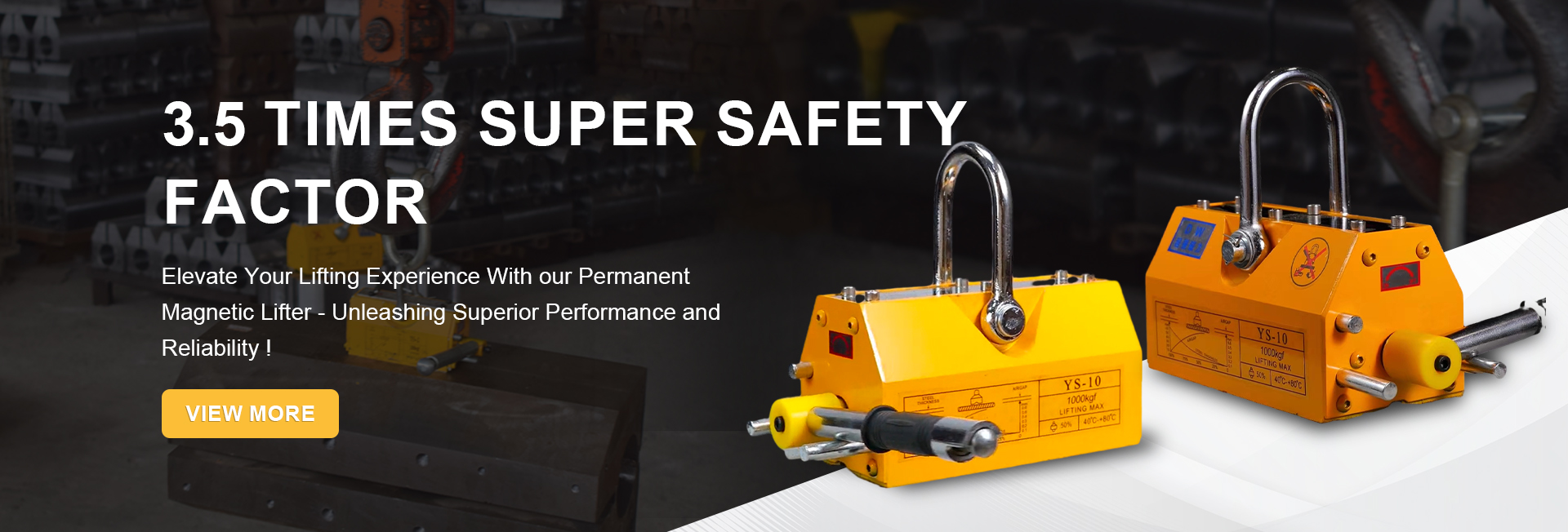Affordable Options for 1 Ton Magnetic Lifters and Their Prices for Various Applications
Understanding the Price of a 1 Ton Magnetic Lifter
In today’s industrial landscape, efficient handling of materials is a priority for manufacturers and fabricators. One of the most effective tools for this task is the magnetic lifter. With the ability to lift and move heavy metal objects without the need for slings, hooks, or other attachments, magnetic lifters have become essential in workshops, warehouses, and construction sites. This article explores the price of a 1-ton magnetic lifter and the factors that influence its cost.
What is a Magnetic Lifter?
A magnetic lifter is an equipment device that uses a powerful magnet to lift ferromagnetic materials. Typically, these lifters are used for moving steel plates, blocks, and other iron-based materials. The strength of the magnet allows the lifter to carry heavy loads effortlessly, improving productivity and safety in various operations.
Factors Influencing the Price
1. Magnet Technology The type of magnet used plays a pivotal role in determining the price. Most magnetic lifters utilize either permanent magnets or electromagnets. Permanent magnets offer simplicity and reliability, while electromagnets can provide enhanced control and strength. Electromagnetic lifters tend to be more expensive due to the additional electronic components required.
2. Quality and Material The quality of materials used in the construction of the lifter also impacts its price. High-quality steel components are often more expensive but ensure greater durability and safety. Investing in a well-constructed unit can reduce maintenance costs and extend lifespan, thus offering better value over time.
3. Brand Reputation Established brands with a reputation for quality typically command higher prices. These brands often provide warranties and support services, which can be valuable for businesses looking to ensure minimal downtime.
magnetic lifter 1 ton price

5. Features and Functionality Advanced features, such as safety locks, quick-release mechanisms, and fine-tuning controls for load handling, can significantly influence the price of a magnetic lifter. These features improve the user experience and safety but also contribute to a higher cost.
6. Market Demand and Geographic Location Finally, the market environment and location can affect pricing. Economic conditions, imports, and local demand can create variability in prices across regions. For example, a magnetic lifter in a bustling industrial area may have a different price point than one in a less active market.
Price Range
On average, the price of a 1-ton magnetic lifter typically ranges from $200 to $600, depending on the above factors. Economical models are available for lower-end applications, while premium models tailored for heavy-duty industrial use may reach higher prices.
Conclusion
When considering a 1-ton magnetic lifter, it is crucial to evaluate not only the price but also the value it provides in terms of efficiency, safety, and longevity. Organizations should assess their specific needs and determine how much they are willing to invest in this essential equipment. While cheaper options may seem attractive, opting for a reputable model can lead to enhanced performance and reliability, ensuring a smoother operation in moving heavy materials. By carefully considering the factors influencing costs, buyers can make informed decisions that best suit their operational needs and budget constraints.
-
Dawei Hand Pallet Truck 1200mm, 2000–5000 KGS Heavy-DutyNewsNov.17,2025
-
Dawei Hand Pallet Truck, Fork Length 1200mm, 2000–5000kgNewsNov.17,2025
-
Large Equipment Movers – Safe, Insured & On-Time ServiceNewsNov.17,2025
-
Machine Moving Dollies | Heavy-Duty, Low-Profile, SafeNewsNov.17,2025
-
Permanent Lifting Magnet - Heavy-Duty, Safe, Quick ReleaseNewsNov.11,2025
-
PML 1000 Lifting Magnet - Heavy-Duty, Safe, No PowerNewsNov.11,2025
-
Large Equipment Movers: Safe, Fast, Certified ProsNewsNov.11,2025
